Tl; dr;
- The most important in customer needs analysis is to identify the gap between customer expectations and their actual experiences with your product or service.
- To identify customer needs, leverage existing data, direct feedback, digital journey mapping, service team insights, social media listening, keyword research, and focus groups.
- Collect customer feedback to get real-time insights and to inform product development, service improvements, and digital CX strategies.
- To build a customer-centric strategy, engage in market research, personalize customer experiences, distribute feedback across the organization, prioritize features based on feedback, and integrate feedback loops at all stages of your customer digital journey.

Ever scratched your head, wondering what customers really want? You're not alone. Many businesses struggle to pinpoint exactly what it is that makes their customers tick.
Understanding what customers seek is a fundamental aspect of any successful business. Recognizing and addressing customer needs is essential if you're involved in marketing or product development or aim to enhance customer satisfaction. This article delves into the 18 most common customer needs, providing insights into how to identify and fulfill them.
By focusing on these key areas, you will be better equipped to cater to your customers' expectations, which can lead to stronger loyalty and increased business growth. Stick with us as we explore practical strategies for aligning your offerings with what your customers truly want.
What are customer needs?
Customer needs encompass the various factors that consumers seek to fulfill when purchasing products or engaging with services. These needs can range from basic functional requirements to complex emotional drivers.
Why are customer needs important?
Understanding customer needs is crucial because it directly influences your success in the marketplace. When you identify and meet these needs more effectively than your competition, you create value for your customers, leading to increased loyalty and revenue. Identifying customer needs can drive innovation and ensure the development of products and services that resonate on a deeper level with your target audience.
18 Most common types of customer needs
Understanding your customers' needs is critical to your success in the marketplace. Each of the following customer needs comes with its own set of expectations that you should aim to meet or exceed.
➡️ PRODUCT CUSTOMER NEEDS
1. Functionality
Your customers seek products that perform their intended function reliably. They expect the core features to work effectively to solve their problems or fulfill their needs.
2. Quality
Your customers prioritize products that consistently meet high standards and demonstrate superior performance. Quality drives their purchasing decisions.
3. Usability
The ease with which your customers can use your product or service is paramount. They value intuitive design and clear instructions that facilitate a hassle-free experience.
4. Safety
Customers prioritize products and services that ensure their safety and security. They trust brands that rigorously adhere to online safety and privacy standards.
5. Convenience
Your customers appreciate products and services that save time and effort. Convenience can be a deciding factor in their purchasing decisions.
6. Innovation
Customers are often drawn to novel solutions that promise better results or experiences. They respect companies that continually innovate to improve their offerings.
7. Customization
Your customers highly value the ability to tailor a product or service to their specific needs. Personalized experiences can significantly enhance customer satisfaction.
8. Compatibility
Customers expect new products to be compatible with their existing devices, software, or accessories, enabling seamless integration into their daily routines.
9. Sustainability
An increasing number of customers prefer products that are eco-friendly and companies that demonstrate a commitment to sustainability practices.
➡️ SERVICE CUSTOMER NEEDS
10. Accessibility
Products and services should be accessible to all customers, including those with disabilities. Inclusivity can expand your market and build brand loyalty.
11. Responsiveness
Your customers need timely and helpful responses to their inquiries and concerns. A quick reply can often be the key to customer retention.
12. Empathy
Customers value when companies understand and address their emotions and circumstances. Genuine empathy can lead to deeper customer connections.
13. Transparency
Transparency in business practices, pricing, and policies is crucial. Customers appreciate honesty and clear communication from the brands they patronize.
14. Personalization
Your customers enjoy feeling special and recognized. Products and services that cater to individual preferences often see higher customer loyalty.
15. Efficiency
Time is precious to your customers, and efficiency in your services and interactions is highly regarded. Quick processes and minimal wait times contribute to positive experiences.
16. Follow-up
Post-purchase engagement, like follow-up emails or customer satisfaction surveys, shows that you value their feedback and business, fostering a long-term relationship.
What is a customer needs analysis?
A customer needs analysis is an in-depth exploration into understanding what your target consumers require and expect from your products or services. This strategic process helps to uncover the gaps between customer expectations and their experiences, serving as a guide for business improvements and innovation.
Customer needs analysis survey
Conducting a customer needs analysis survey means systematically collecting data regarding your customers’ preferences and expectations. Through questions crafted to extract valuable information, you'll be able to identify customer priorities and pain points. Key methods include online surveys, in-person interviews, and focus groups.
Means-end analysis
The Means-end analysis is a technique that connects a product's attributes (means) to the customer's end goals (ends). This involves understanding how a customer perceives the utility of a product feature and its role in achieving their ultimate objective. It's crucial to align your product's offerings with consumer goals.
Customer Feedback
Collecting customer feedback is essential for real-time insights into customer satisfaction. Channels for feedback include social media, customer support interactions, and online reviews. This ongoing process ensures your understanding of customers' needs stays current and actionable.
How to Identify Customer Needs
Properly identifying customer needs is crucial for tailoring your products and services to meet market demands. This ensures customer satisfaction and can lead to increased loyalty and sales.
Use existing customer data
You can leverage existing internal data to gain insights into customer behavior and preferences. Sales records, support tickets, and usage statistics are examples of data points that can reveal underlying customer needs.
Ask for customer feedback
Directly ask your customers for feedback through surveys, interviews, and feedback forms. This information is invaluable in understanding their expectations and experiences with your products or services.
Map customer journey
A customer journey map outlines the various touchpoints between a customer and your company. By mapping this out, you can pinpoint where customers have unmet needs or face challenges.
Get input from the Service Team
Your customer service team interacts with customers daily. Gather their insights concerning customers' most common issues or requests, which can inform areas for improvement or innovation.
Social media listening
Monitor social media channels to understand how customers are talking about your products, services, or brand. Tools can track mentions and sentiment, providing a window into customer needs.
Keyword research
By conducting keyword research, you'll discover what potential customers are searching for online, which can highlight unaddressed needs or areas for additional support and information.
Focus groups
Organize focus groups to delve deeper into the mindset of your target demographic. These can provide detailed qualitative insights into the customer experience and expectations.
How to meet customer needs
Meeting customer needs is essential for the sustainability and growth of your business. It builds loyalty and fosters positive word-of-mouth. To achieve this, you must understand your customers, streamline their buying experience, ensure top-notch service, and guide them in using your products effectively.
Know your customers and anticipate their needs
It is imperative to deeply understand who your customers are and what drives their purchasing decisions. Collect data through surveys, feedback forms, and analytics tools to create detailed customer persona profiles. Anticipating customer needs means identifying patterns and trends to allow you to tailor your products and services proactively.
Focus on your B2B buyer journey
For B2B companies, it's crucial to understand the B2B buyer journey, which often involves multiple stakeholders and a longer sales cycle. Map out each stage of the journey and ensure that marketing, sales, and support teams are aligned to provide a cohesive experience. Transparent communication and educational content can help guide B2B buyers through decision-making.
Provide exceptional customer service
Customers today expect quick and convenient support. Make it a point to be consistently available across multiple channels - live chat, email, phone, and social media. An excellent customer service experience means you resolve issues faster, helping to meet customer needs effectively and maintain their trust in your brand.
Make your product easy to adopt
After the sale, ensure your customers can easily adopt and integrate your product or service into their operations. Clear, step-by-step instructions or tutorials can empower customers to fully utilize your offerings, improving satisfaction and reducing the need for ongoing support.
How to build a customer-centric strategy
Embracing a customer-centric strategy is pivotal for any business looking to thrive in today's market. This approach puts your customers' needs and feedback at the forefront of your business operations and strategic planning.

Identify what your customers want
Start by engaging in comprehensive market research to ascertain precisely what your customers require. Utilize surveys, focus groups, and data analysis to understand their preferences and pain points.
Personalize your customer experience design
Once you understand your customers' needs, tailor your offerings to suit their preferences. This may include customizing products or personalizing marketing messages. Aim to create a unique and memorable experience for each customer.
Distribute feedback throughout your organization
Feedback should not be siloed within customer service departments. Ensure that actionable insights are shared across all levels, from product development to senior management. This encourages a uniform focus on customer satisfaction.
Create features based on customer feedback
Use valuable insights from customer surveys to refine existing products and innovate new ones. Align product development with customer needs to ensure that new features truly resonate with and benefit them.
Build feedback loops into every stage of the process
Feedback loops are integral for continuous improvement. Integrate them into every stage, from product design to sales, so that you can consistently evaluate and enhance the customer experience.
Identifying customer needs with Survicate
Understanding and addressing customer needs goes beyond simply checking items off a list. It involves a careful balance of listening to your customers, analyzing their feedback, and responding with solutions that meet and exceed their expectations.
To navigate this complex terrain effectively, Survicate offers powerful yet effortless software to conduct customer research. With Survicate, you can easily create, distribute, and analyze surveys to gather actionable insights. It will allow you to identify customer priorities and pain points, ensuring that their voices are heard.
Try out Survicate with a 10-day free trial of the Business Plan. It allows you to explore all the features without any cost. Take this opportunity to connect with your customers on a deeper level. Start your trial now and enhance your understanding of your customers' needs.








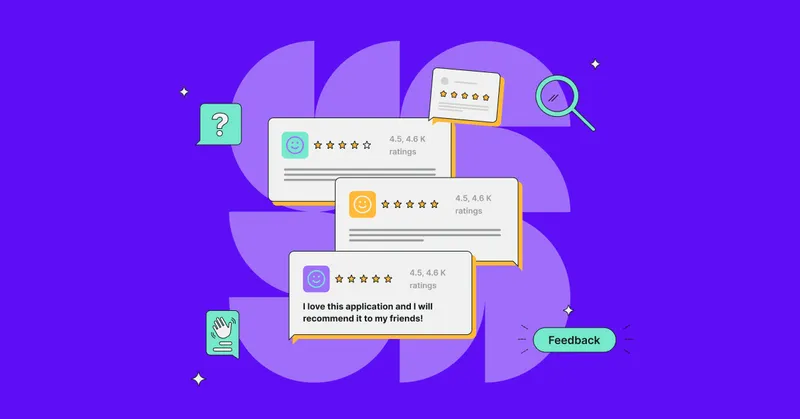
.webp)
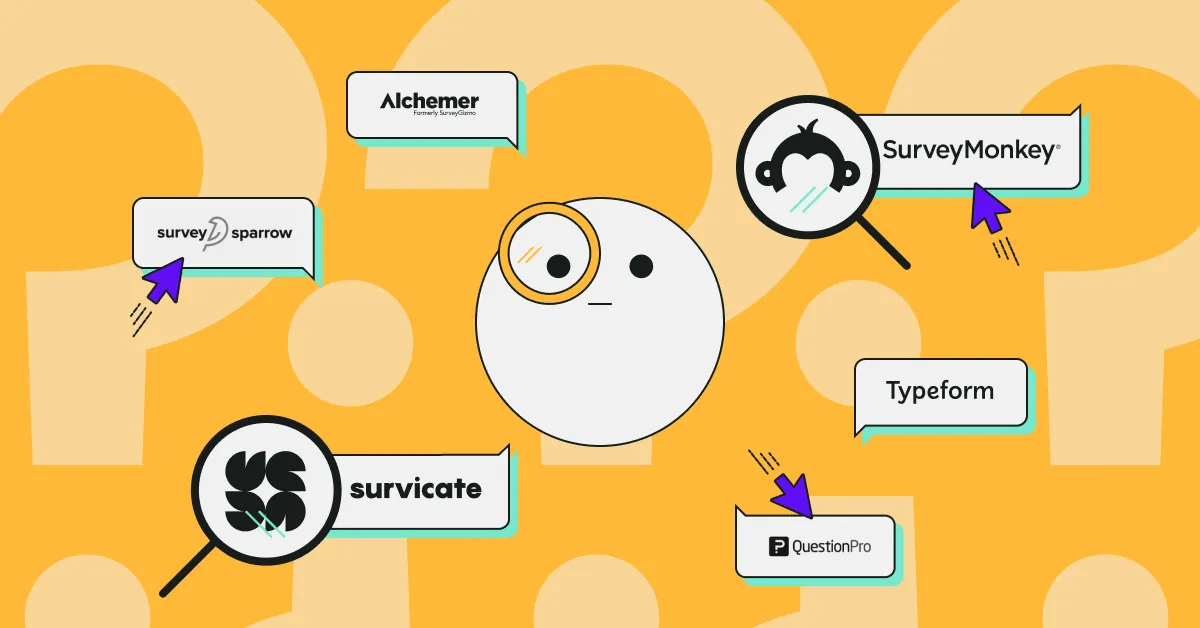
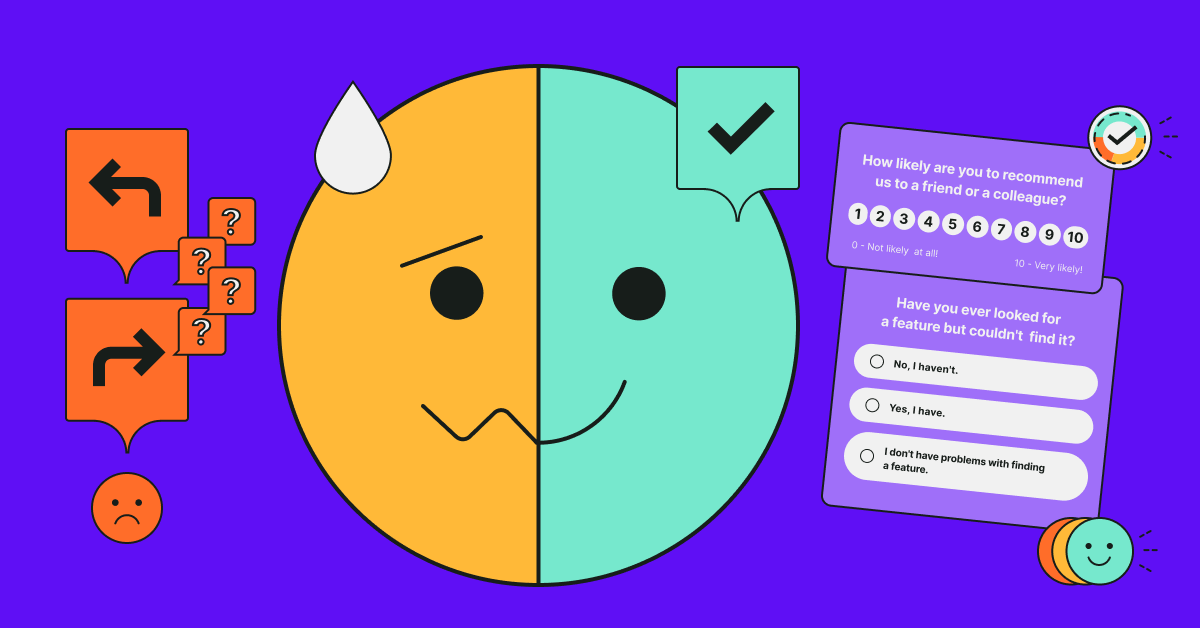

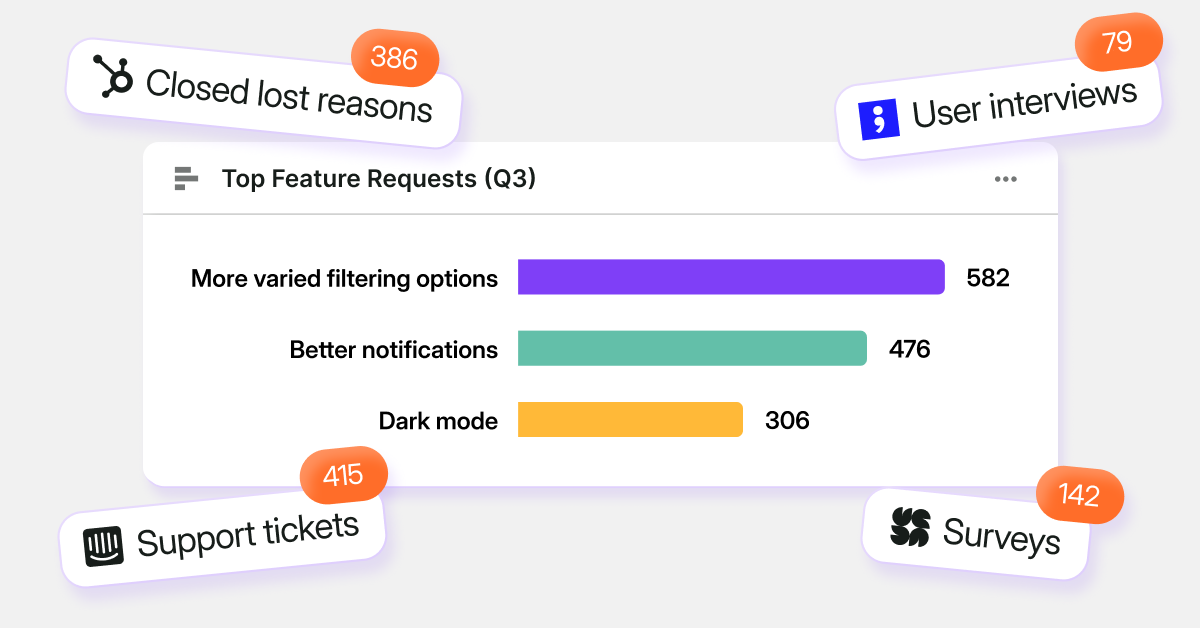
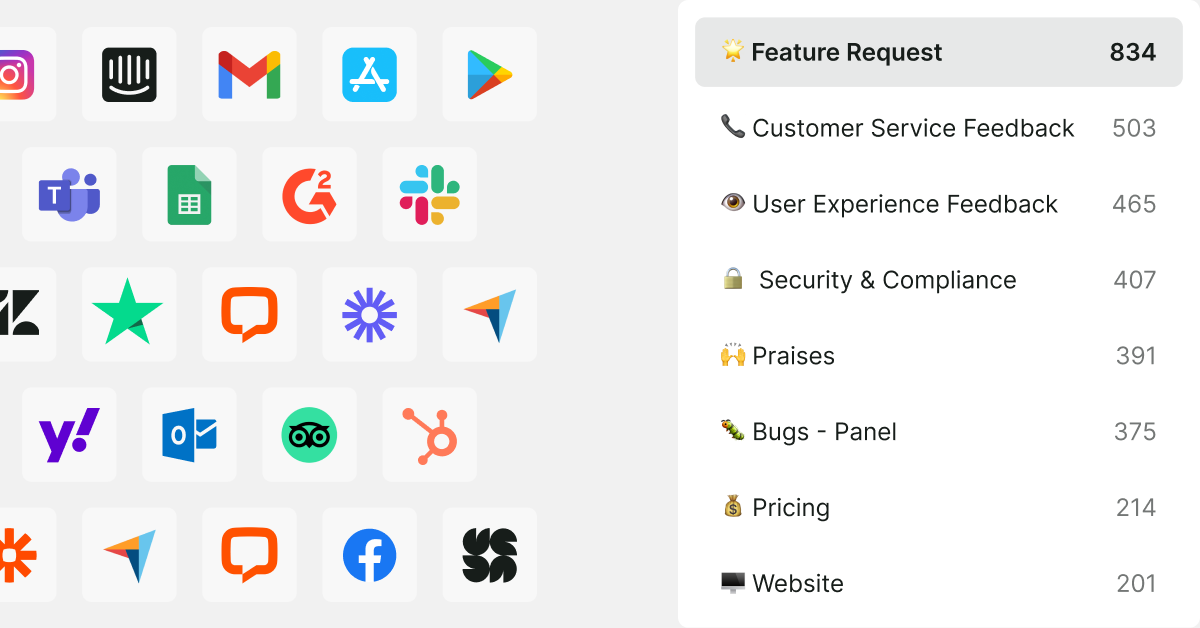
.svg)

.svg)



